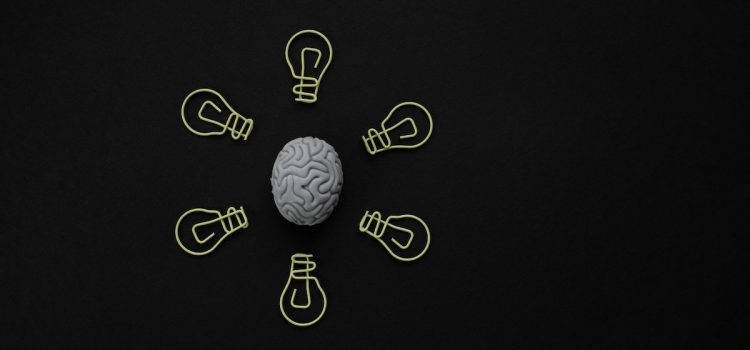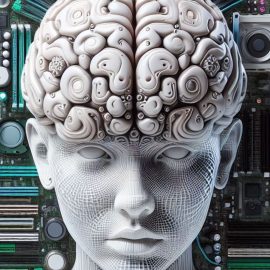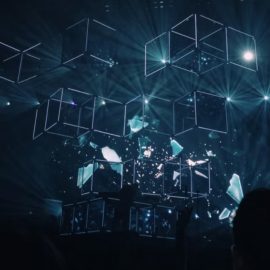

This article is an excerpt from the Shortform book guide to "The Master and His Emissary" by Iain McGilchrist. Shortform has the world's best summaries and analyses of books you should be reading.
Like this article? Sign up for a free trial here.
Is reasoning in the brain strictly a function of the left hemisphere? What accounts for “aha!” moments?
Iain McGilchrist thinks that pop psychology puts an unwarranted emphasis on the left brain, arguing that the right brain plays a vital role in many functions. One of these is reasoning, typically associated only with the left hemisphere.
Read more to learn what contribution the right hemisphere makes to our reasoning.
Reasoning in the Brain’s Hemispheres
McGilchrist suggests that the right hemisphere plays a key role in reasoning—contrary to the stereotype that reasoning in the brain happens only in the left hemisphere. In particular, he argues that the right hemisphere specializes in more implicit forms of reasoning, while the left hemisphere specializes in more explicit forms of reasoning.
To show as much, McGilchrist first examines so-called “aha!” moments, in which we solve some problem while not concentrating on it—for instance, when we struggle to recall someone’s name, then it comes to us hours later out of the blue. These “aha!” moments, he notes, are associated with a sharp uptick in right hemisphere activity, suggesting it helps generate them.
(Shortform note: These “aha” moments in which we’re struck with a flash of insight aren’t totally out of the blue. Rather, scientists contend that they occur as a result of the unconscious mind piecing together bits of information to generate novel insights. For this reason, it’s often advised to mentally unplug when faced with a problem you can’t solve since your subconscious will continue working on the problem in the meantime.)
By contrast, McGilchrist asserts that the left hemisphere is better suited for explicit reasoning that involves formal application of logical rules. For example, if shown a picture of a winter landscape, the left hemisphere might reason accordingly: “There’s snow on the branches; if there’s snow on the branches, it must be winter; therefore, it’s winter.” The right hemisphere, on the other hand, might directly intuit that it’s winter without performing any explicit inference.
(Shortform note: In Thinking, Fast and Slow, Daniel Kahneman argues that the right hemisphere’s intuitive reasoning and the left hemisphere’s explicit reasoning belong to the broader categories called system 1 and system 2 thinking. System 1 thinking, he argues, is automatic and involuntary, like when we see someone crying and automatically realize that they’re sad. Thus, system 1 thinking can include feelings in addition to intuitions, as feelings are often automatic responses to external stimuli. By contrast, system 2 thinking requires voluntary concentration, like when we’re solving a complicated math problem.)

———End of Preview———
Like what you just read? Read the rest of the world's best book summary and analysis of Iain McGilchrist's "The Master and His Emissary" at Shortform.
Here's what you'll find in our full The Master and His Emissary summary:
- How pop psychology has given us the wrong impressions of the brain's hemispheres
- Why the right hemisphere is actually more important than the left
- What would happen if left-hemisphere thinking took over the world






